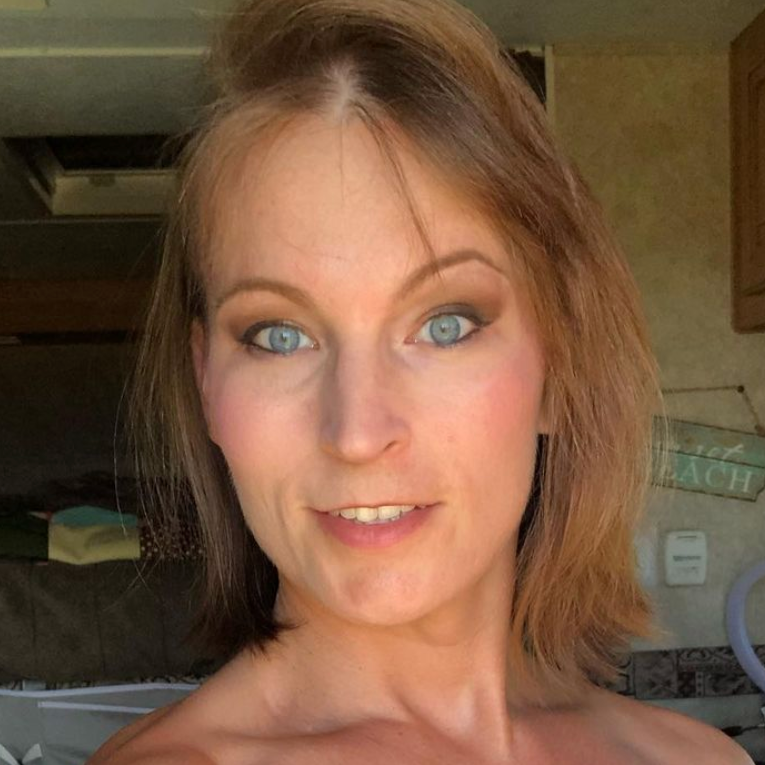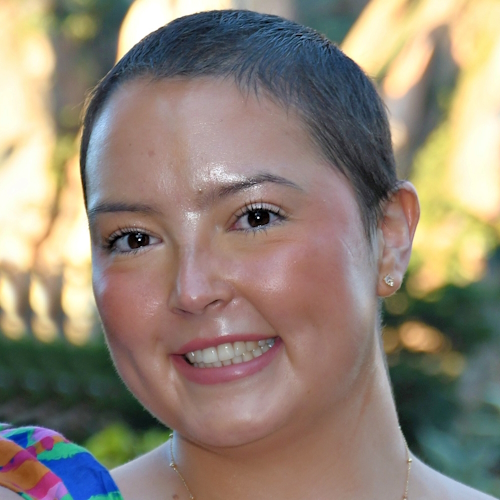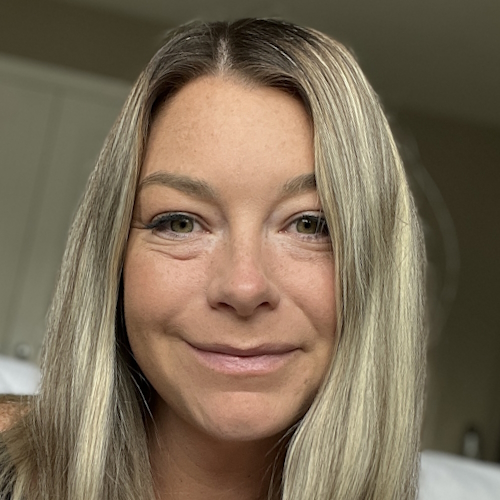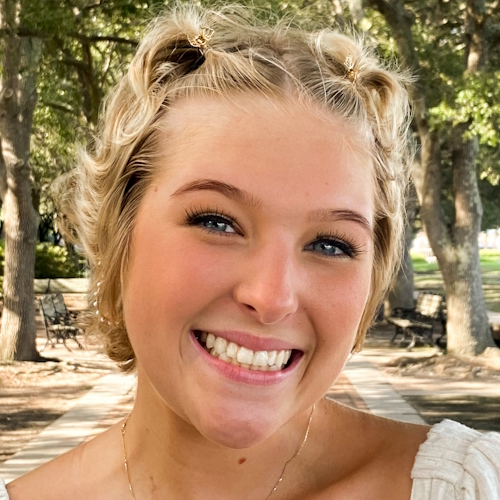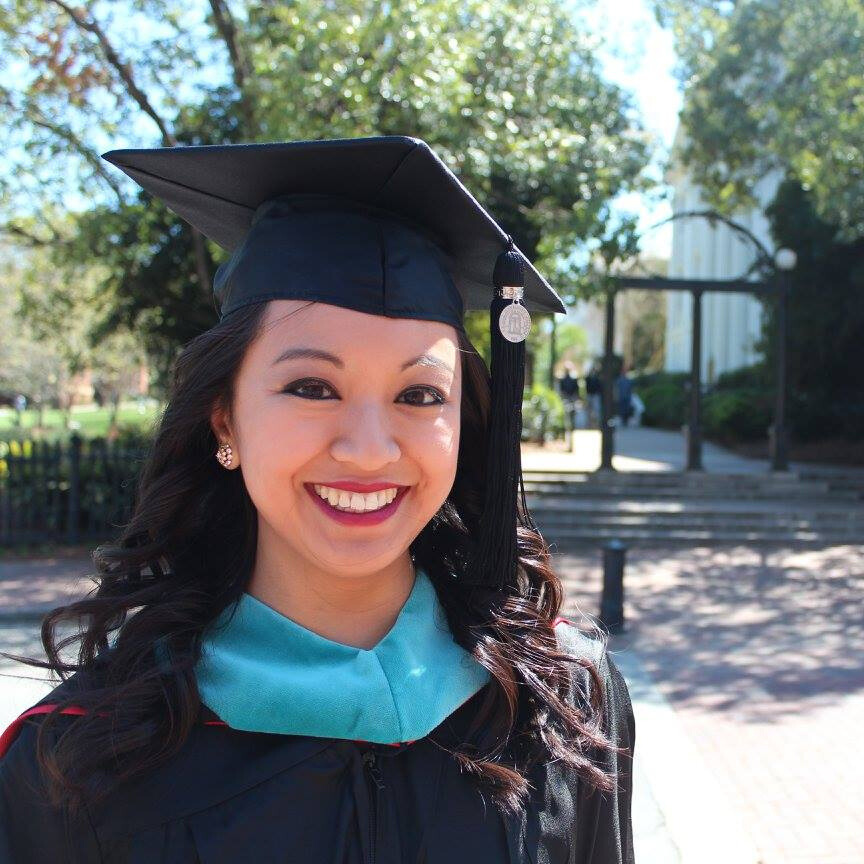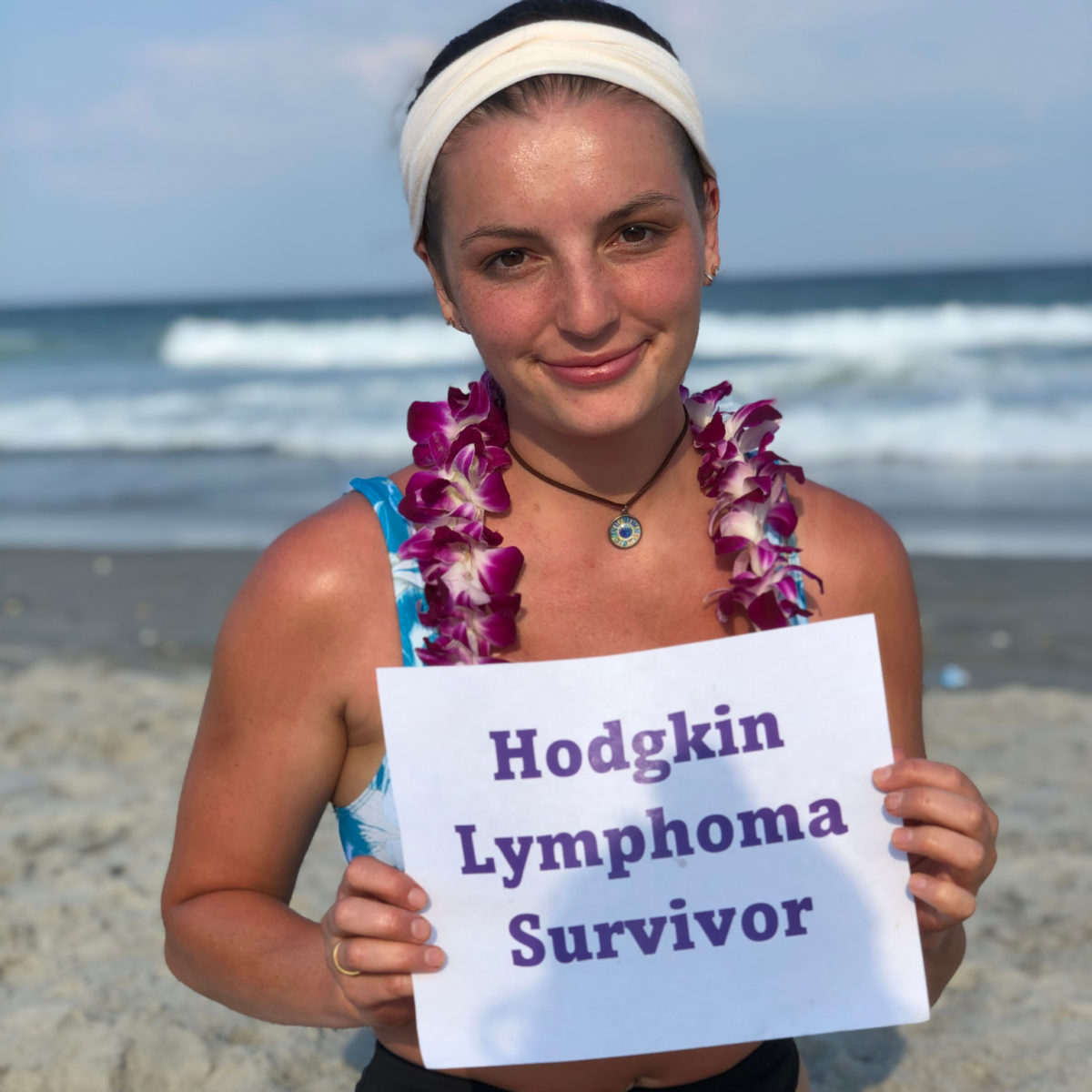Chelsea’s Stage 2B Classical Hodgkin’s Lymphoma Story
Chelsea shares the story of getting diagnosed with stage 2B Hodgkin’s lymphoma and undergoing ABVD chemo to get into remission. As a Trans woman, Chelsea shares her experience with hair loss, dating, and life after cancer.
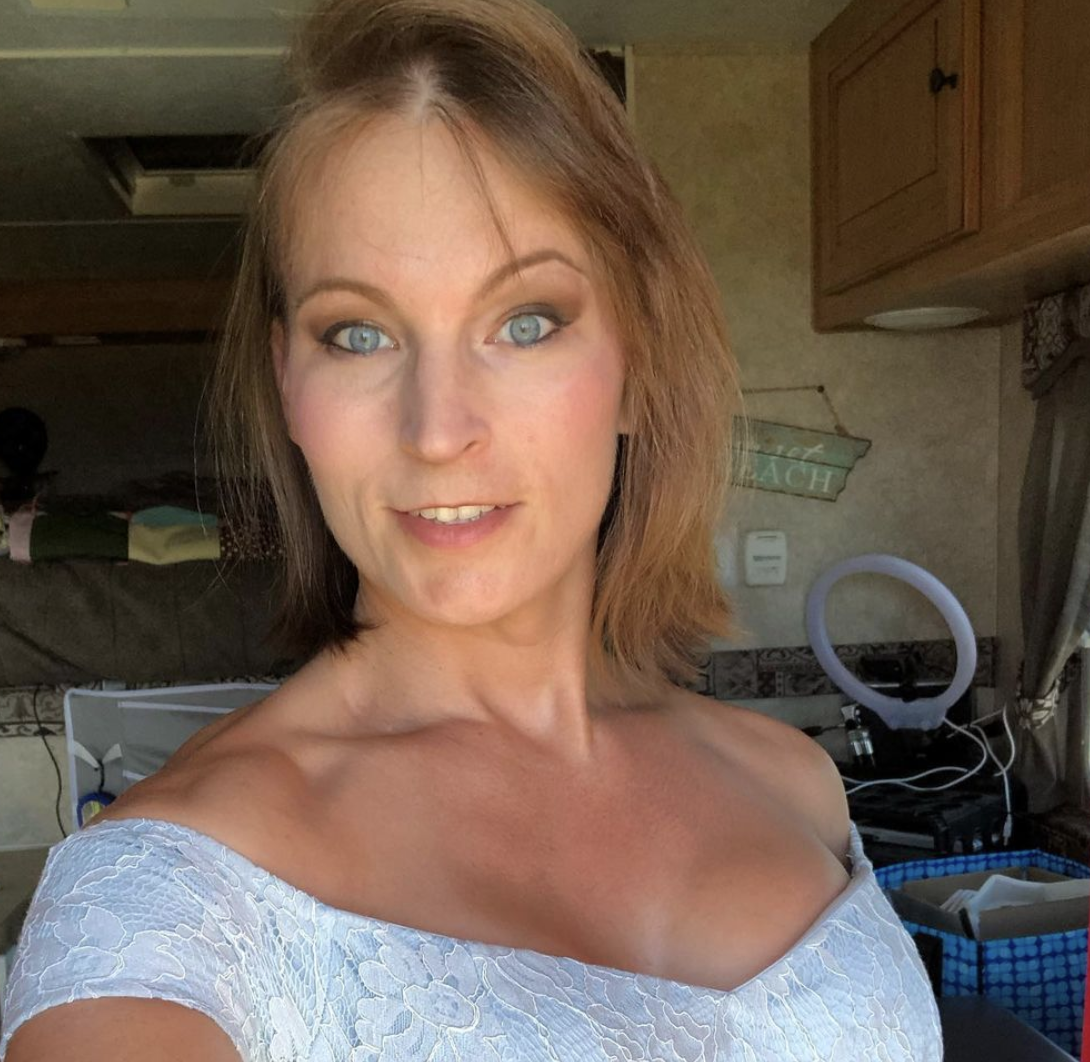
- Name: Chelsea B.
- Diagnosis (DX):
- Age at DX: 32
- Staging: 2B
- 1st Symptoms:
- Lump in neck
- Treatment:
- Chemotherapy
- 12 rounds of ABVD
- Chemotherapy
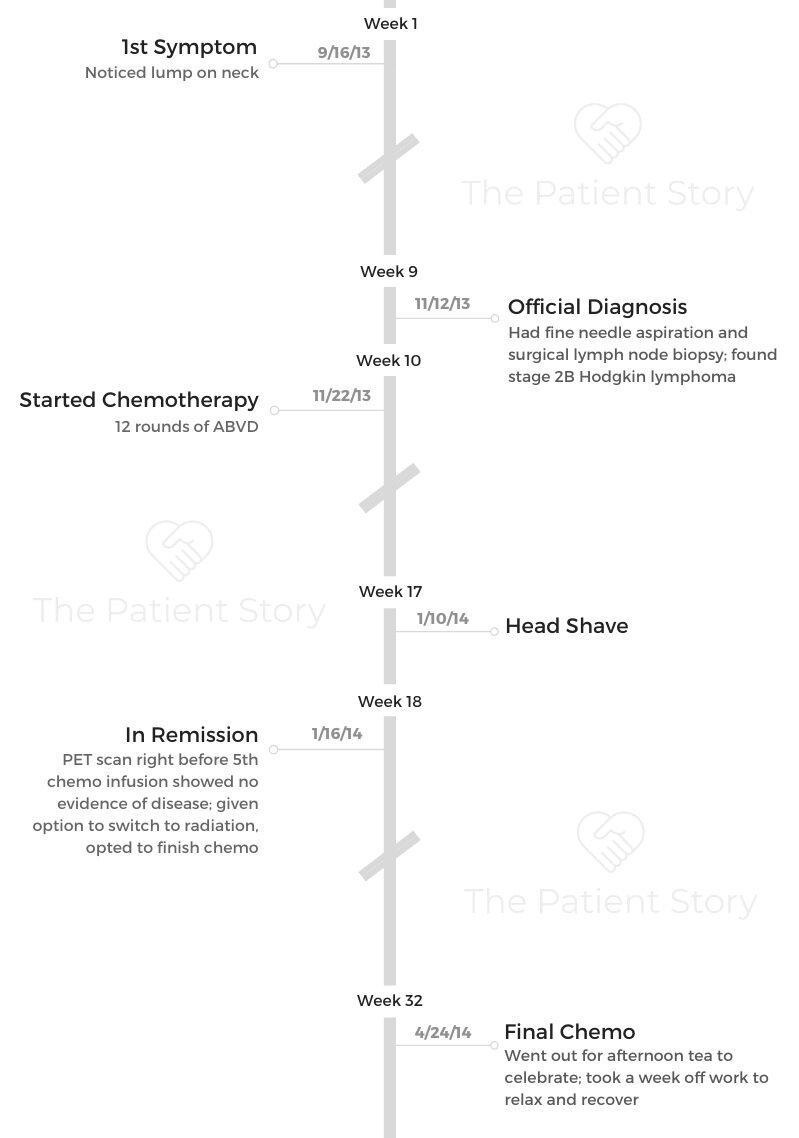
This interview has been edited for clarity. This is not medical advice. Please consult with your healthcare provider for treatment decisions.
Let the drugs do their thing. Chemo is a crazy process, but it’s a tried-and-true method of treatment, and you can get through this.
When you go through chemo, it’s important to make it special to you. I chose to do that by wearing fancy dresses to my treatments.
That really added to my experience. Do whatever you can to make chemo a celebration of survivorship as you beat this and move forward.
Chelsea B.
Diagnosis
What were your 1st symptoms?
I noticed a growth on my neck. Usually, if there’s swelling from a viral infection, you see symmetrical swelling, so just having it on the right side only was a little alarming.
I also had full-body itches. That was really strange. It was almost like the itchiness was underneath my skin. I had drenching night sweats as well, which are very indicative of a Hodgkin’s lymphoma diagnosis.
»MORE: Hodgkin’s lymphoma patients share common first symptoms
How did you get diagnosed?
I went to my primary care, and he’s usually very jovial, but he was serious this time. He said, “I’m going to refer you to a specialist right now.”
I saw the specialist, and she said there was a possibility it was cancer. From there, it became more and more apparent that it wasn’t just possibly cancer — that it was.
Processing the diagnosis
I was in denial. I don’t get cancer. That’s not something that happens to me. That happens to other people.
I got my first opinion at a local hospital, and I went for my second one at a clinic in Boston. Even at the second opinion, I was in denial.
One of the nurses had a tray of snacks, and she asked if I wanted anything. I said, ‘No, those are for cancer patients.’
»MORE: Patients share how they processed a cancer diagnosis
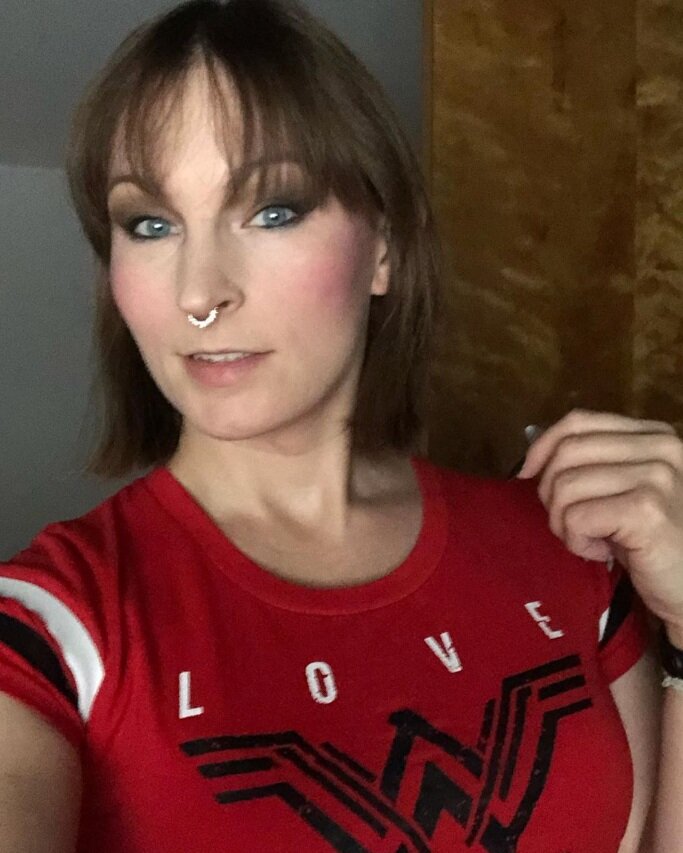
Describe the biopsies
I did a fine needle aspiration initially with the specialist, but that was before my second opinion and all that. That only confirmed malignancy, but the surgical biopsy determined what kind of cancer I had and how bad it was.
The surgical biopsy was pretty much just a standard surgery. I was under general anesthesia. They made a small incision in the right side of my neck.
They took out a couple of lymph nodes and had them sent to various labs for testing. They came back as positive for Hodgkin lymphoma.
When did the reality of your diagnosis set in?
Right after my first chemotherapy is when the denial let up a little.
I had been zoned out and just cruising through stuff. I was doing what I needed to do. As soon as I finished my first chemo treatment, my swelling went down 50%. I could turn my head again.
After that, when I realized the chemotherapy was working, I realized, ‘Oh. Wow. I really do have cancer.’
How did you tell people about your diagnosis?
I made a Facebook post. I reminded people that if you ever find a suspicious lump, to go get it checked out.
I didn’t feel comfortable telling my coworkers. I don’t know why. I just didn’t feel comfortable with that, but I had a good support system on Facebook and with my friends.
»MORE: Breaking the news of a diagnosis to loved ones
Treatment
ABVD chemotherapy
I did 12 rounds of ABVD chemo. Infusions usually took 3 to 4 hours. I had a CT scan right before treatment to confirm the diagnosis.
Then I had a PET scan halfway through and another at the end of the 12 rounds.
Chemo is weird. It feels like battery acid in your veins. It’s a wild experience.
I got checked in, got in my private room, and we went over what to expect. Then we started the infusion. I felt pretty bad during infusions, just kind of gross. I think that’s pretty standard during chemo.
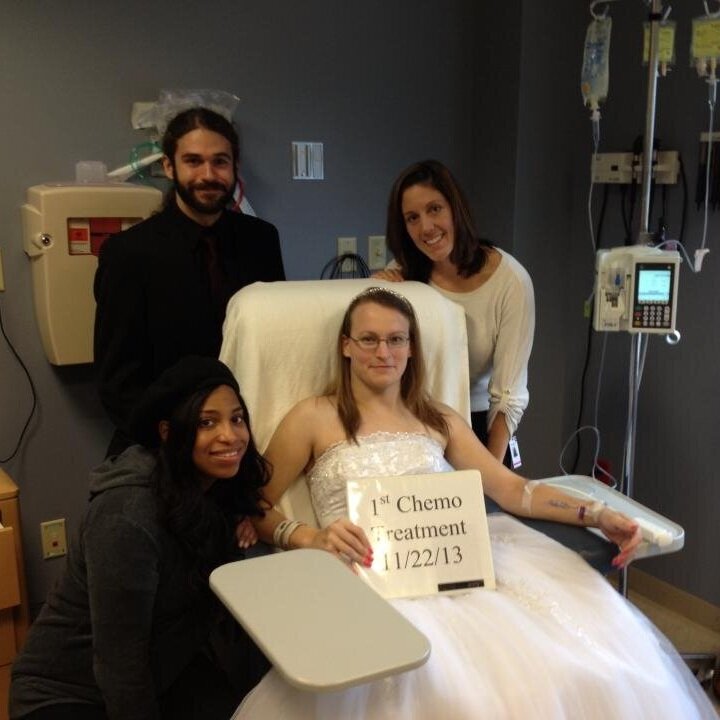
ABVD chemo side effects
I had constipation from Round 2 onward. I had hair loss from about Round 5. I had persistent nausea and vomiting from about Round 7 on.
The effects were very much cumulative, so they got worse as I went on.
The vomiting was the worst, I think. The inability to keep any food down was difficult. I ate a lot of white rice.
I found I could stomach that okay. Sprite was a godsend. I took some anti-nausea medicine as well.
»MORE: Read our comprehensive ABVD chemotherapy info page
When did you find out you were in remission?
I was in remission after my fourth round of chemo. By January, I was already in remission. They offered me the option to stop chemo and switch to radiation or to go ahead and complete the 12 rounds.
I opted to finish chemo just because the side effects are much more short-term than radiation.
Chelsea B.
I had gone in for an appointment with my oncologist before my fifth treatment, and he told me I was in remission. I was elated. Like any 30-year-old, I celebrated with a post to Facebook. Then I had to go to chemo.
It was a little weird knowing I was in remission and still having to go to treatment, but I knew I needed to finish the 12 rounds to make sure we got everything.
Describe your last day of treatment
The nurses brought me a cake, so I shared it with all of my friends who came out to support me at my final chemo.
I took a week off of work to just sleep. I think that helped my recovery significantly. I was just happy to be done with it. I didn’t really do anything crazy to celebrate.
What was your follow-up protocol?
Every 6 months, I would go see my oncologist for a check-up and blood work. They do that for the first 5 years. I’m 6 years out now, so it’s much more optional to go.
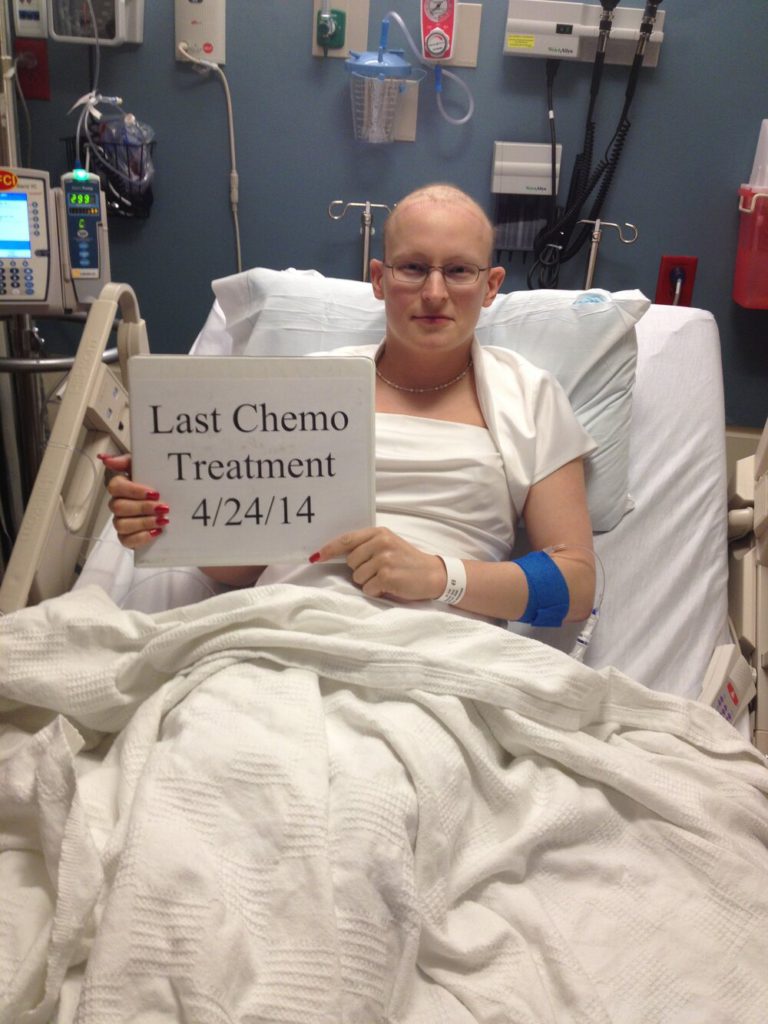
Did you have “scanxiety“?
There’s always the fear in the back of your mind of some kind of relapse or further development elsewhere.
Cancer happened once, so you think, “Who’s to say it can’t happen again?”
That first scan was the worst of the scanxiety for me because that was the most intense. To find out the extent of the cancer was hard.
After the remission scan, I was much more relaxed. I was very confident that I wouldn’t relapse. When scans were spread out every 6 months, there was some more anxiety in between.
»MORE: Dealing with scanxiety and waiting for results
Hair Loss
Describe the hair loss
It was very emotional. Being transgender, my hair is a huge part of my identity. It was extremely difficult to let go of that after trying very hard to maintain that for my whole life.
I lost it and then got a wig that was similar to my hairstyle on the same weekend. There were a lot of emotions for sure.
I remember avoiding washing my hair because I would lose handfuls in the shower.
A couple of times, I would need my significant other at the time to clean up the shower because I couldn’t look at it. It was a substantial emotional burden.
Describe the process of picking a wig
I have a lot of friends who are cosplayers and burlesque performers. I reached out to them and asked where I could get a nice, realistic wig.
Through their suggestions, I made appointments at various wig shops in the greater Boston area.
I tried on several and selected a few I thought would fit me well. I shaved my head and found some wigs on the same weekend.
Can you talk about the head shave?
I tried to shave it myself. I couldn’t do it. I got to the front section, and I was like, ‘I can’t do this.’
I made an emergency appointment with my friend’s hairstylist. She extended her hours and stayed open late just for me so I could have some privacy.
What advice do you have for someone who’s going to lose their hair?
Have faith that it will return. There were several times that I was unsure because of male pattern baldness in my family. I was scared that it wouldn’t come back as good as it once was.
Do what you have to do to get through the now. Worry about that stuff later because it will likely come back. Hair loss is almost always a temporary thing. In the meantime, you can have fun with lots of different wigs.
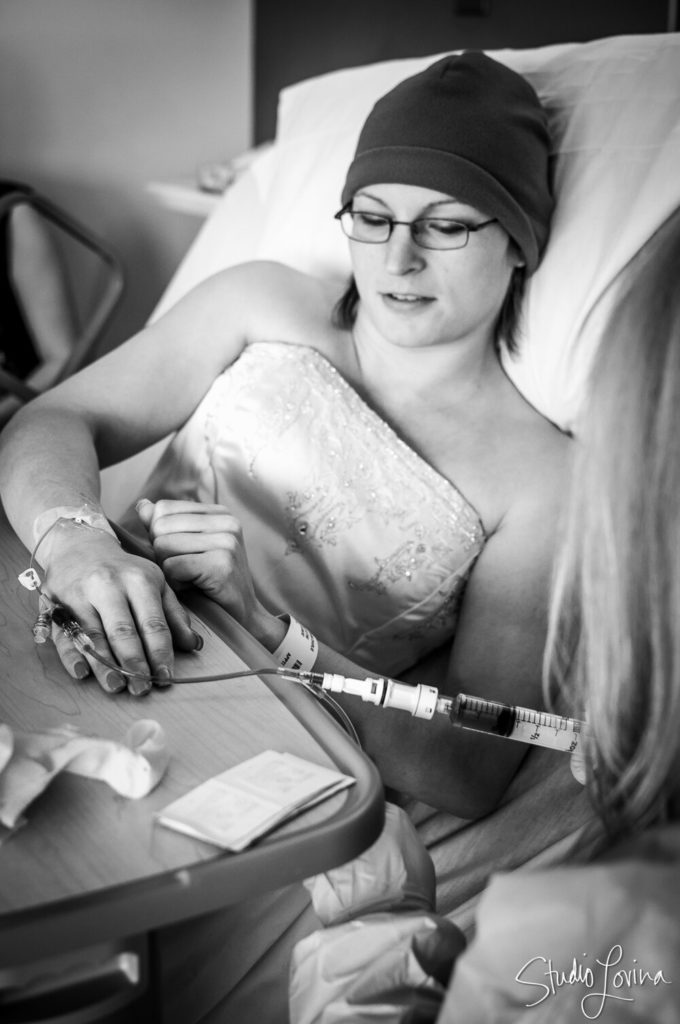
Support & Emotions
Can you talk about your support system?
My friends definitely were the ones who helped me get through it. A key person was my friend Sarah. My partner at the time helped out a ton as well by taking me to and from appointments. My friend Sarah would just come over and hang out.
Prior to chemo, I had done some burlesque performances. Sarah and I were in the same troupe, so we had a great friendship from that.
After my chemotherapy, Sarah took me to a Victorian teahouse, and we had afternoon tea. It was lovely. That was a celebration of sorts that she threw for me after finishing chemo.
How have you managed your mental and emotional state?
I’ve mostly dealt with hard stuff by leaning on my friends and by seeing a therapist.
I recommend that for everyone. It’s great to have that sounding board.
Financial toxicity: paying for cancer treatment
I am fortunate to have a very well-paid job. The financial burden was minimized in my case. I’m a government employee, and I have very good health insurance.
I hit my $5,000 deductible in 2 years pretty quickly. Everything else was covered completely.
The financial thing initially was a very big concern because I didn’t know what to expect. As time went on, though, I realized it was very manageable in my case.
When I was voicing my concerns about it, some of my friends suggested a lot of grant programs and things like that. It’s nice to know programs like that do exist. I didn’t have to take advantage of them, but if you need help, do it.
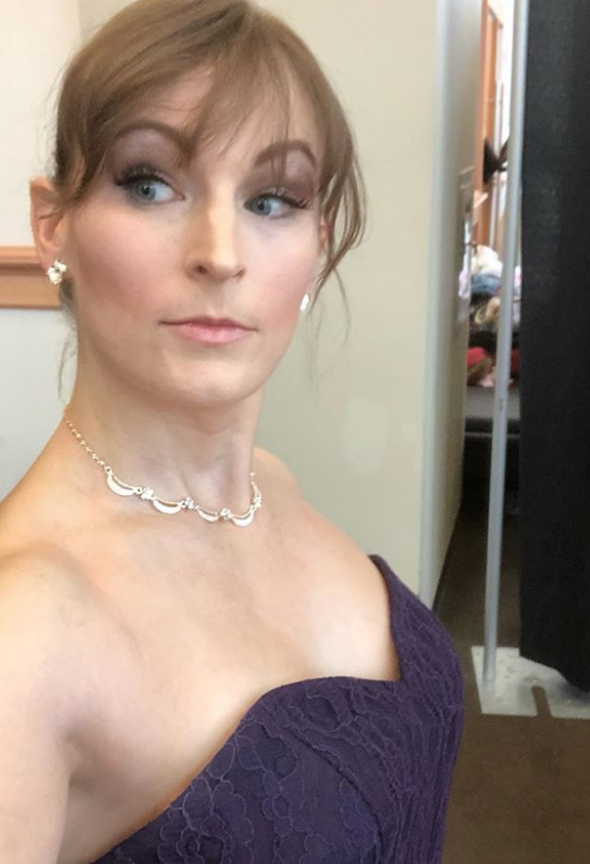
What’s dating like as a cancer survivor?
Dating is weird, not only as a trans person, but also as a cancer survivor. Those are 2 things I measure when to bring up on a case-by-case basis.
I try to be as open as possible about both just so there are no significant surprises.
At the same time, you can turn people off too early if you mention it too early. It’s really a case-by-case thing. I have both of those things on a few dating profiles. That way people know up front.
Outside of apps, though, it’s just something I have to feel out.
What is your “new normal”?
“Normal” is a weird word. After you’ve had cancer, I don’t know that normal life exists anymore. It’s a different life. It’s a more aware life.
Really, I’ve just tried to find things that can bring me back to generally where I was before in regard to “normal” life balance as much as possible. I’ve had to find a new work-life balance in order to keep up with the creativity and passion that keeps me going.
Message for someone who has just been diagnosed
Be patient with yourself. It’s a lot to take in. Do what you have to do to get through it. Put yourself first.
Trust your medical professionals, because they will steer you right. Let the drugs do their thing. Chemo is a crazy process, but it’s a tried-and-true method of treatment, and you can get through this.
When you go through chemo, it’s important to make it special to you. I chose to do that by wearing fancy dresses to my treatments.
That really added to my experience. Do whatever you can to make chemo a celebration of survivorship as you beat this and move forward.
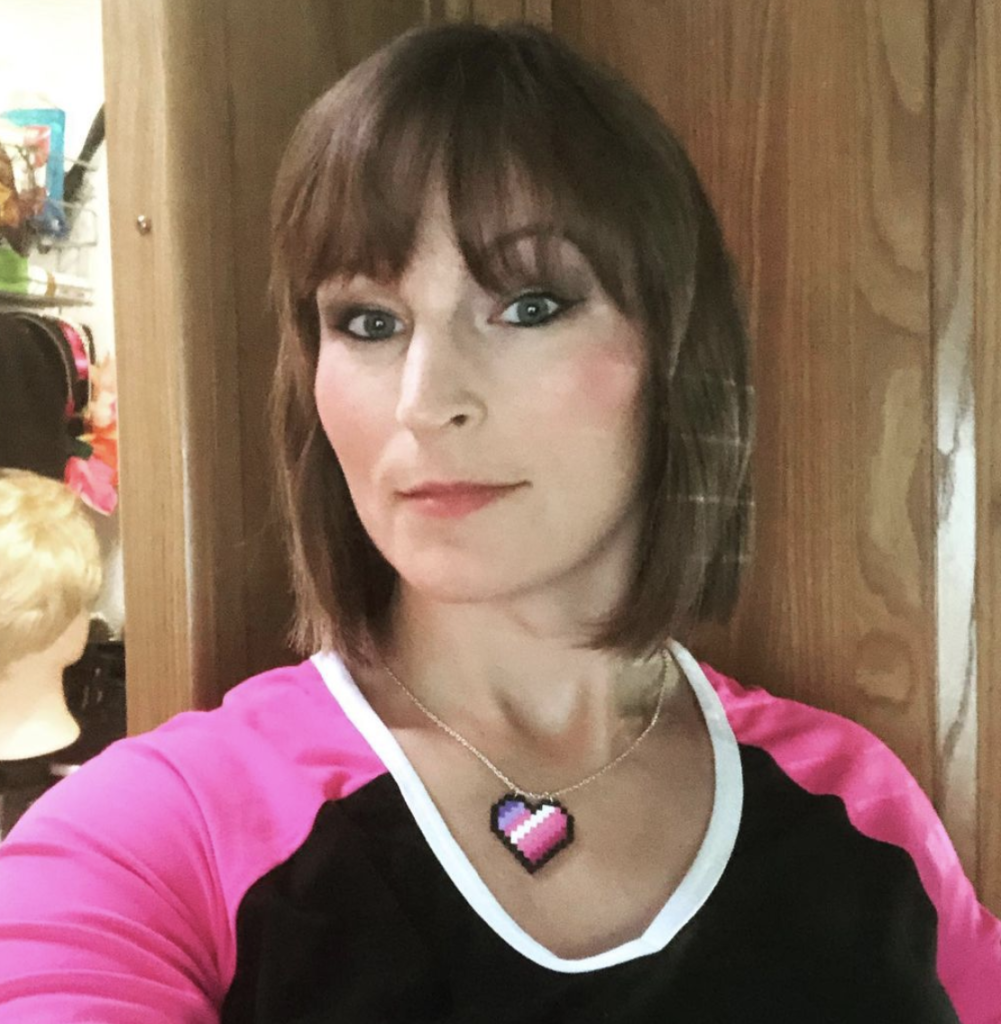
Inspired by Chelsea's story?
Share your story, too!
Hodgkin’s Lymphoma Stories
Jessica H., Hodgkin’s Lymphoma, Stage 2
Symptom: Recurring red lump on the leg (painful, swollen, hot to touch)
Treatment: Chemotherapy
Riley G., Hodgkin’s Lymphoma, Stage 4
Symptoms: • Severe back pain, night sweats, difficulty breathing after alcohol consumption, low energy, intense itching
Treatment: Chemotherapy (ABVD)
Amanda P., Hodgkin’s Lymphoma, Stage 4
Symptoms: Intense itching (no rash), bruising from scratching, fever, swollen lymph node near the hip, severe fatigue, back pain, pallor
Treatments: Chemotherapy (A+AVD), Neulasta
Brescia D., Hodgkin's Lymphoma
Symptom: Swelling in the side of her neck
Treatment: Chemotherapy: 6 rounds of ABVD
